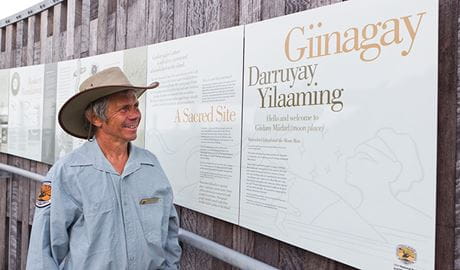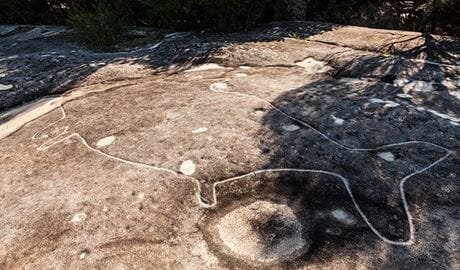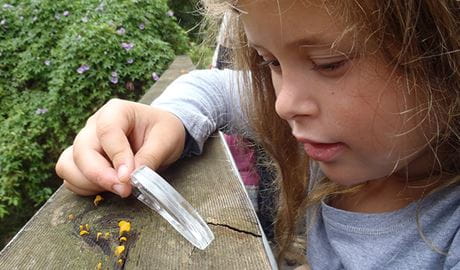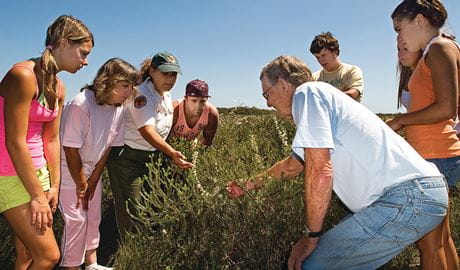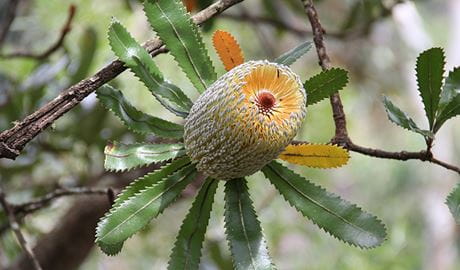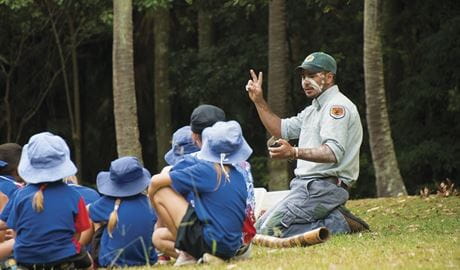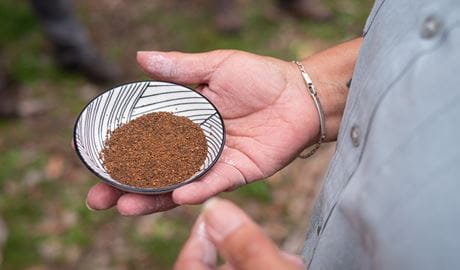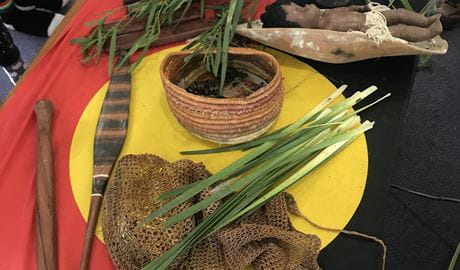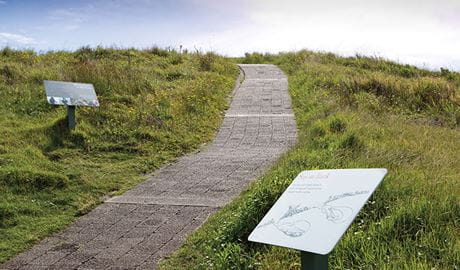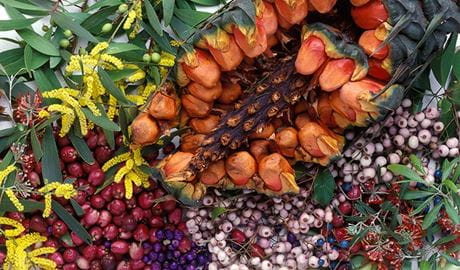
Bush tucker in Bongil Bongil National Park
Share the bush secrets of the traditional Gumbaynggirr People in Bush tucker – a Stage 3 (Years 5-6) excursion in Bongil Bongil National Park. Aboriginal guides will reveal their special connection to Country and their secrets for health, wellness and survival.
- Stage
- Stage 3 (Years 5-6)
- Learning area
- Geography
- Where
- Bongil Bongil National Park in North Coast


